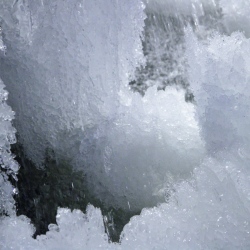
Three major scientific projects set out this season to seek evidence of life in lakes deep under the Antarctic ice — evidence that could provide clues in the search for evidence of life elsewhere in the solar system, perhaps in Mars’s past, or even now under the surface of Enceladus, one of Saturn’s moons. But only one of the projects, a $10 million expedition from the United States, has a chance of identifying long-hidden microbes before the weather on the frigid continent puts an end to drilling in about a month.
One of the projects, a British effort, ran into technical trouble and had to be called off for this season. An expedition from Russia will be returning samples to be analyzed later.
The American effort, financed by three federal agencies and a private foundation, is about to start drilling into a lake half a mile below a glacier called the Whillans Ice Stream and will analyze samples on the spot in a field laboratory. An announcement of what it finds could come in the next few weeks.
John C. Priscu of Montana State University, a leader of the project, said there was no guarantee. “We don’t know; there are going to be surprises,” he said in a conference call in December with the two other members of the project’s executive committee, Ross D. Powell of Northern Illinois University, and Slawek Tulaczyk of the University of California, Santa Cruz. Dr. Priscu and Dr. Tulaczyk were getting ready to fly to Antarctica; Dr. Powell was already at McMurdo Station, the American scientific base there.
Dr. Priscu is hopeful, he said, given that “10 years of circumstantial evidence” suggest that “there should be a viable microbial community that’s living in the dark and the cold.” The project is called Wissard, for Whillans Ice Stream Subglacial Access Research Drilling.
